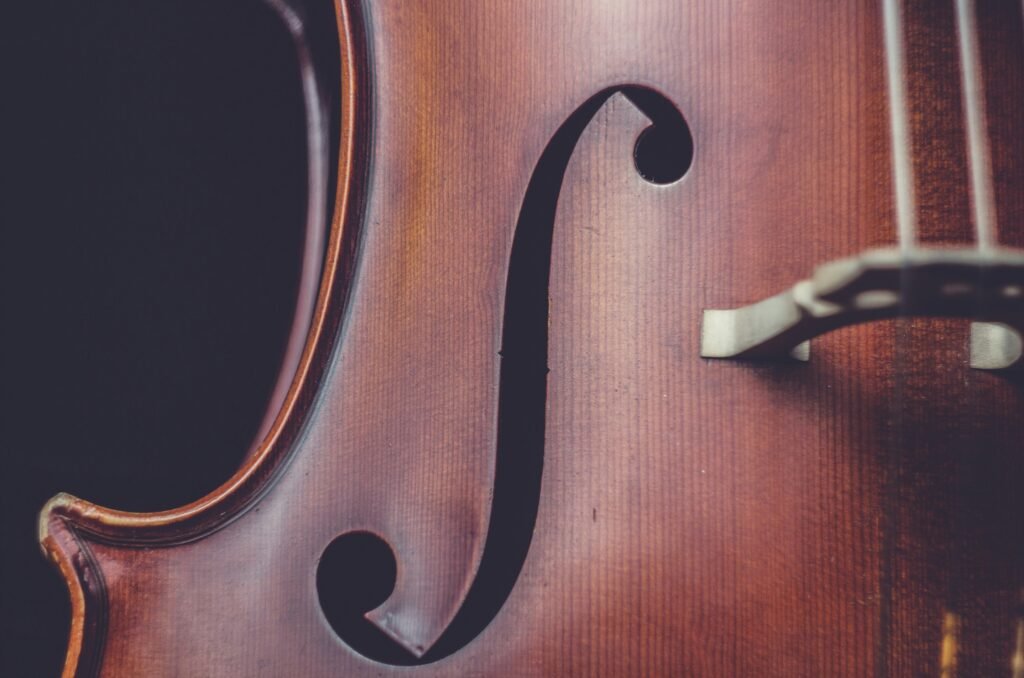If you’ve ever wondered how to create and play diminished and augmented chords, you’re in the right place! In this article, we’ll explore the process of constructing these unique and captivating chords, as well as how to bring them to life on your instrument. Whether you’re a beginner musician looking to expand your chord vocabulary or an experienced player craving new sounds, this guide will equip you with the knowledge and techniques to build and play diminished and augmented chords with confidence. So, grab your instrument and get ready to embark on a musical adventure!
An Introduction to Diminished and Augmented Chords
Welcome! In this comprehensive article, we will explore the fascinating world of diminished and augmented chords. Whether you are a beginner musician or a seasoned professional, understanding these chords is crucial for expanding your music theory knowledge and enhancing your playing skills. So, let’s dive in!
What are Diminished and Augmented Chords?
Before we delve into the details, let’s define what diminished and augmented chords actually are. Diminished and augmented chords are considered “altered” or “modified” chords, as they deviate from the standard major and minor chords that we are accustomed to. These chords possess a unique quality, infusing a sense of tension, mystery, and a touch of exoticism into your musical compositions.
The Importance of Diminished and Augmented Chords in Music Theory
Diminished and augmented chords add an extra layer of depth and complexity to music theory. They offer a way to explore outside the conventional tonal structure, giving your compositions a distinct flavor and allowing for increased creativity. These chords are commonly used in jazz, classical, and contemporary music, making them essential elements for aspiring musicians to master.

Diminished Chords
Let’s start by focusing on diminished chords. Understanding the construction and application of diminished chords is key to harnessing their unique and captivating qualities.
Understanding Diminished Chords
A diminished chord is built upon a minor third interval, which consists of three half steps. This means that the notes within a diminished chord are evenly spaced intervals, creating a symmetrical and tense sound. The diminished chord is often described as eerie, spooky, or haunting, making it a powerful tool in creating tension and suspense in your musical compositions.
Constructing Diminished Chords
To construct a diminished chord, you start with the root note of the chord and then add two more notes, each a minor third above the previous one. For example, if you were to build a C diminished chord, you would start with the note C and then add Eb and Gb. The resulting chord would be Cdim or C°.
Diminished Triads
A diminished triad is the most basic form of a diminished chord. It consists of three notes: the root, the minor third, and the diminished fifth. These three notes work together to create the unique and tense sound of a diminished chord. For example, a C diminished triad would consist of the notes C, Eb, and Gb.
Diminished Seventh Chords
A diminished seventh chord is an extension of the diminished triad. It adds an extra note to create a more complex and dissonant sound. The diminished seventh chord includes the root, the minor third, the diminished fifth, and the diminished seventh. For instance, a C diminished seventh chord would include the notes C, Eb, Gb, and Bbb.
Common Diminished Chord Progressions
Diminished chords are often used to create harmonic tension and increase the excitement in chord progressions. One common diminished chord progression is known as the “circle of fifths” progression. It involves moving through a series of diminished chords that are a fifth apart. This progression can generate a sense of suspense and anticipation in your music.
Playing Diminished Chords on the Piano
Playing diminished chords on the piano involves understanding the pattern of minor thirds. Once you have familiarized yourself with the root note, minor third, and diminished fifth, you can build and play diminished chords in any key. Practice finger placements and experiment with different inversions to discover new and interesting voicings.
Playing Diminished Chords on the Guitar
Similar to playing on the piano, understanding the fretboard and the pattern of minor thirds is essential for playing diminished chords on the guitar. Utilize barre chords or individual fingerings to create different voicings and explore the versatility of the diminished sound on your guitar.

Augmented Chords
Now, let’s move on to augmented chords. Like diminished chords, augmented chords have their own unique characteristics that contribute to their distinct sound.
Understanding Augmented Chords
An augmented chord is constructed using two major thirds, creating a wider interval between the notes. This leads to a sense of tension and brightness in the chord, giving it a dreamy, uplifting, or even otherworldly quality. Augmented chords are often used to add color and excitement to musical progressions.
Constructing Augmented Chords
To construct an augmented chord, you begin with the root note and then add two major thirds above it. For example, if you were to build a C augmented chord, you would start with the note C and then add E and G#. The resulting chord would be Caug or C+.
Augmented Triads
An augmented triad consists of three notes: the root, the major third, and the augmented fifth. This combination of intervals creates the unique and captivating sound of an augmented chord. For instance, a C augmented triad would consist of the notes C, E, and G#.
Augmented Seventh Chords
An augmented seventh chord adds an extra note to the augmented triad, resulting in a more complex and vibrant sound. It includes the root, the major third, the augmented fifth, and the major seventh. For example, a C augmented seventh chord would include the notes C, E, G#, and B.
Common Augmented Chord Progressions
Augmented chords are often utilized to add tension and create unexpected harmonic movement. They can be used in progressions where the chord resolves from the augmented chord to a major or minor chord, adding a sense of resolution and surprise in your compositions.
Playing Augmented Chords on the Piano
Playing augmented chords on the piano involves familiarizing yourself with the root note, major third, and augmented fifth. Once you have grasped these intervals, you can easily build and play augmented chords in any key. Experiment with different voicings and inversions to explore the varied tonal possibilities.
Playing Augmented Chords on the Guitar
Similar to the piano, playing augmented chords on the guitar requires understanding the fretboard and the intervals involved. By learning the finger placements and the fret positions, you can effortlessly create augmented chords in different positions and inversions. This opens up a world of possibilities for incorporating augmented chords into your guitar playing.
In conclusion, understanding diminished and augmented chords is crucial for any musician who wants to delve deeper into music theory and expand their creative repertoire. These unique chords offer a wide range of tonal possibilities, allowing for the expression of complex emotions and creating captivating harmonic tension. So, grab your instrument and start exploring the enchanting world of diminished and augmented chords. Happy playing!


Jonse Becker, a seasoned guitarist and music aficionado, founded his blog to share his passion for all things guitar. With over 20 years of experience, Jonse expertly navigates the realms of vintage acoustics and modern electrics, offering readers a rich blend of technical knowledge, history, and industry trends.

